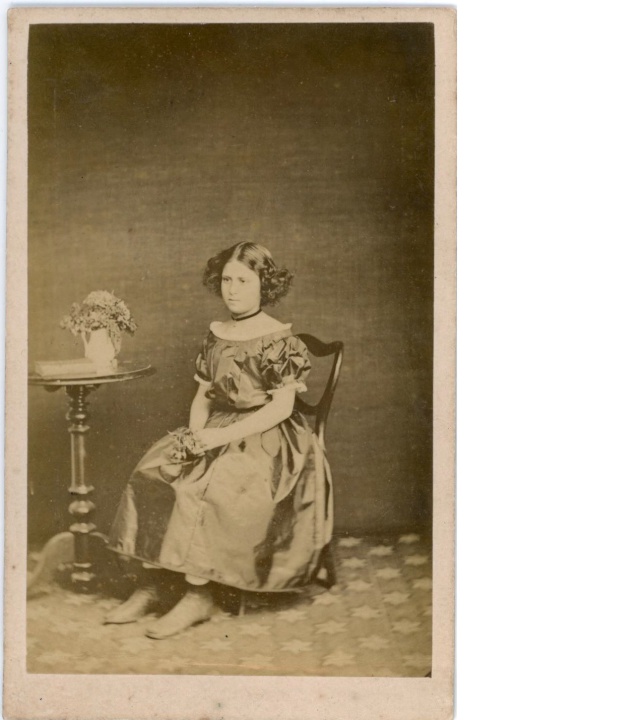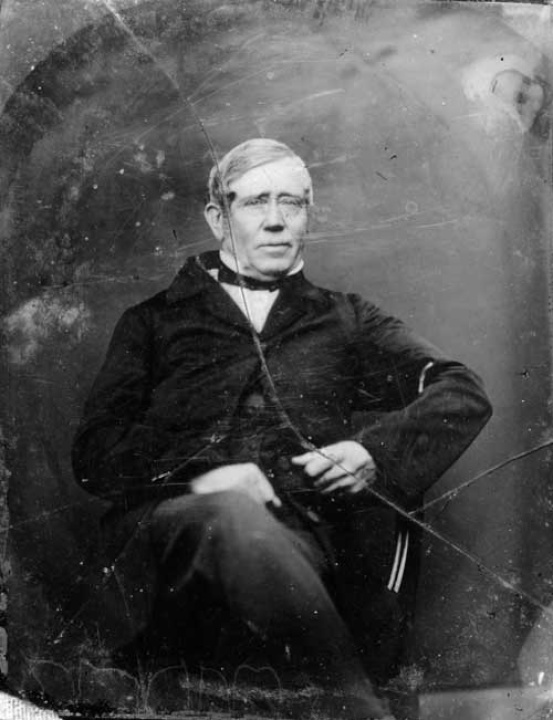Clendon Collection Added To The UNESCO Register
James Reddy Clendon
A unique collection of family papers spanning almost 150 years, and covering watershed moments in the formation of modern New Zealand, has been added to the UNESCO Aotearoa New Zealand Register of the Memory of the World.
UNESCO today officially recognised the Clendon Collection, papers associated with James Reddy Clendon and his descendants – including Clendon’s second wife Jane Takotowi Cochrane – as an assemblage of recorded heritage that has national significance.

Edith
A function formally marking the new inscriptions will be held at the National Library, Wellington on Wednesday, 7 December, at 2.30pm.
The proposal to add the collection to the Memory of the World was supported by Clendon descendants of both his first wife Sarah, and Jane.
The papers are jointly held at Auckland Libraries Ngā Pātaka Kōrero o Tāmaki Makaurau and Clendon House in Rawene, a historic property and Tohu Whenua cared for by Heritage New Zealand Pouhere Taonga. In his latter yeas the house was the home of James Clendon, Jane and their descendants for over a century. Today Clendon House is open to the public.
Clendon was an early Northland trader, merchant, settler, farmer, government official and the first US consul in New Zealand. He was also a signatory to He Whakaputanga (the Declaration of Independence) in 1835 and Te Tiriti o Waitangi on February 6 1840 – literally making history as one of the few Europeans to have his signature on both documents.
“The lives of missionaries in early New Zealand are well documented but the lives of early traders and merchants less so,” says Heritage New Zealand Pouhere Taonga Chief Executive Andrew Coleman.
“Although documentation relating to traders like Maning, Webster and Mair exist for the early period of New Zealand history it often doesn’t exist after this. By contrast, the wide range of material in the Clendon collection, and the fact that the items relate to the life of an early trading family prominent in the Bay of Islands and the Hokianga for over 140 years, makes this collection unique.”
As well as the importance of family, financial and trading links with England, Australia and the United States from the 1830s to the 1850s, the papers reflect James Clendon’s lifelong involvement with developing government in New Zealand.



 Yachting New Zealand: Kiwi Sailor Claims Silver In First Regatta Since Paris 2024
Yachting New Zealand: Kiwi Sailor Claims Silver In First Regatta Since Paris 2024 Royal Commission Covid-19 Lessons Learned: Public Submissions To The COVID-19 Inquiry Close On Sunday 27 April 2025 At Midnight
Royal Commission Covid-19 Lessons Learned: Public Submissions To The COVID-19 Inquiry Close On Sunday 27 April 2025 At Midnight Te Whatu Ora Health New Zealand: Low Risk To Public Health Following Fire At South Taranaki Hotel
Te Whatu Ora Health New Zealand: Low Risk To Public Health Following Fire At South Taranaki Hotel NZCTU: Govt Vocational Education Reforms Will Cause Massive Disruption
NZCTU: Govt Vocational Education Reforms Will Cause Massive Disruption NZ Liberation Museum - Te Arawhata: Anzac Day Commemorations In France To Remember All New Zealand Soldiers
NZ Liberation Museum - Te Arawhata: Anzac Day Commemorations In France To Remember All New Zealand Soldiers Royal Commission Covid-19 Lessons Learned: We Want To Hear From As Many People As Possible, Says COVID-19 Inquiry Chair
Royal Commission Covid-19 Lessons Learned: We Want To Hear From As Many People As Possible, Says COVID-19 Inquiry Chair